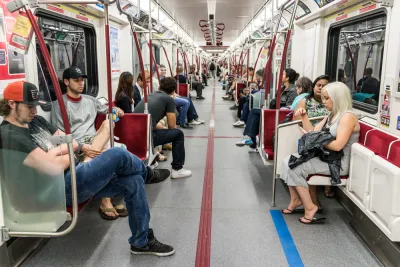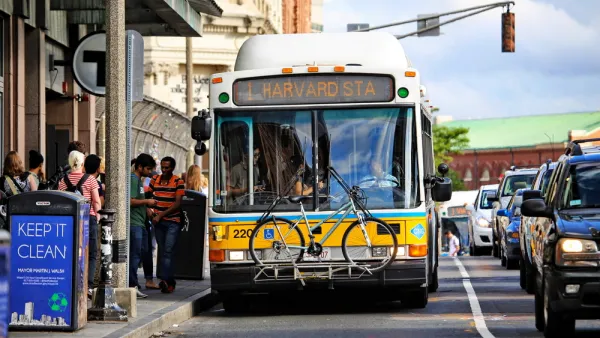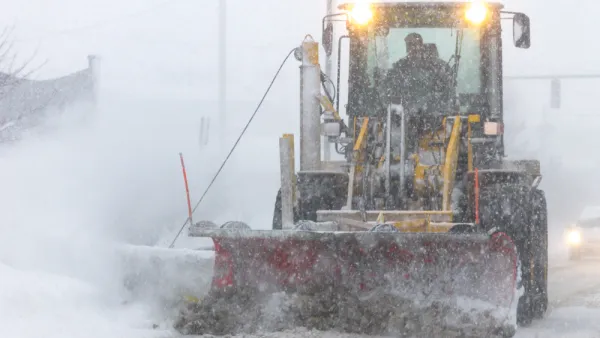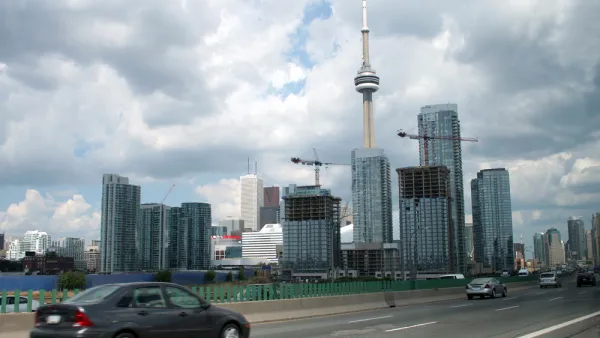The population in Canada will increase substantially in the future, and transit planning is crucial to ensuring that cities thrive.

Canada’s population is slated to grow in the coming decades, with one projection estimating 48.8 million to 56 million Canadians by 2050. These residents are largely going to live in the country’s big cities, which means many more commuters. But are Canadian cities going to be ready for this growth?
"If we want to raise the quality of life in Canada’s cities, rather than choking on our growth, we will need better planning, so that cities build up more and sprawl out less. As part of that, we need a lot more of the key piece of infrastructure that makes city life possible: mass transit," argues an editorial in The Globe and Mail.
In the Greater Toronto Area alone, the addition of 4.6 million new residents is projected by 2046. "Try to imagine millions of new commuters, all trying to drive to work on the GTA’s already gridlocked highways. It can’t be done."
Canadian cities have not made the transit investments and improvements needed to accommodate this coming surge in the population, as aging and inadequate systems can barely keep up with present-day needs. "Unless municipalities, provinces and the federal government prepare for our nation’s future as a bigger and more urban country, by planning, funding and actually building public transit, and a lot more of it, the quality of life in Canada’s big cities is at risk."
FULL STORY: Canada’s cities are about to add millions of new residents. They can’t all drive to work

National Parks Layoffs Will Cause Communities to Lose Billions
Thousands of essential park workers were laid off this week, just before the busy spring break season.

Retro-silient?: America’s First “Eco-burb,” The Woodlands Turns 50
A master-planned community north of Houston offers lessons on green infrastructure and resilient design, but falls short of its founder’s lofty affordability and walkability goals.

Delivering for America Plan Will Downgrade Mail Service in at Least 49.5 Percent of Zip Codes
Republican and Democrat lawmakers criticize the plan for its disproportionate negative impact on rural communities.

Test News Post 1
This is a summary

Test News Headline 46
Test for the image on the front page.

Balancing Bombs and Butterflies: How the National Guard Protects a Rare Species
The National Guard at Fort Indiantown Gap uses GIS technology and land management strategies to balance military training with conservation efforts, ensuring the survival of the rare eastern regal fritillary butterfly.
Urban Design for Planners 1: Software Tools
This six-course series explores essential urban design concepts using open source software and equips planners with the tools they need to participate fully in the urban design process.
Planning for Universal Design
Learn the tools for implementing Universal Design in planning regulations.
EMC Planning Group, Inc.
Planetizen
Planetizen
Mpact (formerly Rail~Volution)
Great Falls Development Authority, Inc.
HUDs Office of Policy Development and Research
NYU Wagner Graduate School of Public Service





























